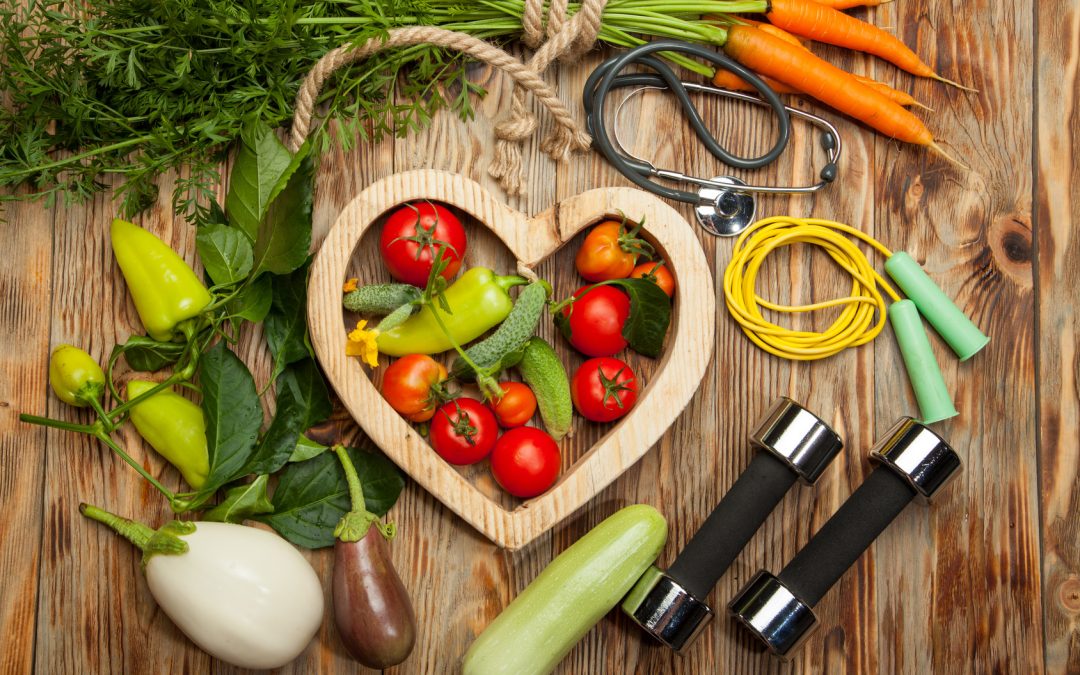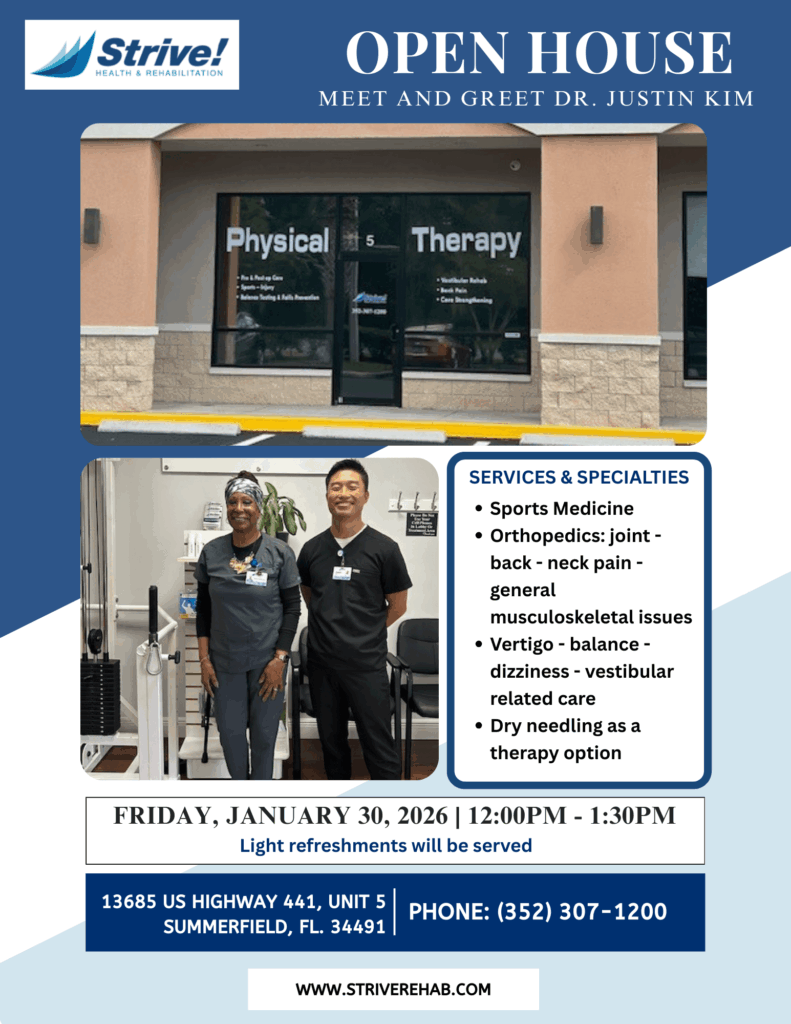
American medicine has become reactive as opposed to proactive. It is important for you to be your own advocate and take necessary steps to prevent injuries and surgeries. How we fuel our bodies affects our ability to heal and recover from trauma, broken bones, soft tissue injuries or surgeries. We all know the importance of a healthy diet and exercise, but what foods can really reduce inflammation and have a greater impact on the success of Physical Therapy or Occupational Therapy?
- Ginger
Ginger is helpful in many ways! It’s an anti-inflammatory, anti-microbial and helps with nausea. However, it is also an analgesic which research suggests may lessen swelling and pain related to muscle aches, headaches, Osteoarthritis and rheumatoid arthritis. It can also help with blood sugars and blood pressure regulation. You can enjoy it in a tea, or add it into many delicious recipes.
- Omega 3 fatty acids
Omega 3 fatty acids are found in walnuts, chia seeds, flax seeds and fatty fish for reducing chronic inflammation. Omega 3 fatty acids have been known for helping major health problems of cardiovascular disease, cancer, diabetes and autoimmune diseases such as Lupus, Crohn’s disease, and even psoriasis. Omega 3’s can help with joint pain and may even help make bones stronger.
3.Turmeric
Turmeric is a spice with the powerful anti-inflammatory component of curcumin which may have implications for chronic conditions like osteoarthritis. It can reduce swelling and inflammation and shows promise as having cancer killing properties. Add it to your salads, meat dishes and stir-fry’s.
- Berries
Berries contain all kinds of powerful antioxidants with vitamins A, C and E, and contain resveratrol (also in red wine and dark chocolate) and flavonoids. No one berry has a complete profile, so variety is best for anti-inflammatory benefits.
- Broccoli
Broccoli is a powerful superfood that has many antioxidants that reduce free radicals, that reduces telomere shortening, implicated in one theory of the aging process. So this is anti-cancer and anti-aging! It is best cooked in order to maximize its many micronutrients such as: vitamin A, C, K, folic acid as well as the minerals of potassium, phosphorus, zinc, manganese, magnesium, calcium and iron.
- Peppers
Peppers contain capsaicin which is the active ingredient that controls inflammation and increases metabolism. Capsaicin has been shown to block substance P, which is associated with swelling of nerve fibers which is one of the steps in pain processing in our central nervous system. In general, the pepper’s hotness correlates with higher amounts of this powerful phytochemical. Red peppers have the highest amount of beta-carotene and vitamin C. Popular hot peppers are chipotle, anaheim, ancho, habanero, cayenne and jalapeno. Research is ongoing into its role in treating symptoms of arthritis, different types of headaches, bacterial infections and autoimmune conditions such as IBS.
While there’s always the option to add vitamins into your daily routine, the vitamins and minerals found in food sources are much easier for our bodies to absorb. Eating healthily gives far greater benefits and a wider range of nutrients to our body than just taking a supplement. The foods and spices above are a great starting point, but the options are endless. With a healthier diet, you’ll be able to get the most out of your Physical Therapy treatment.





